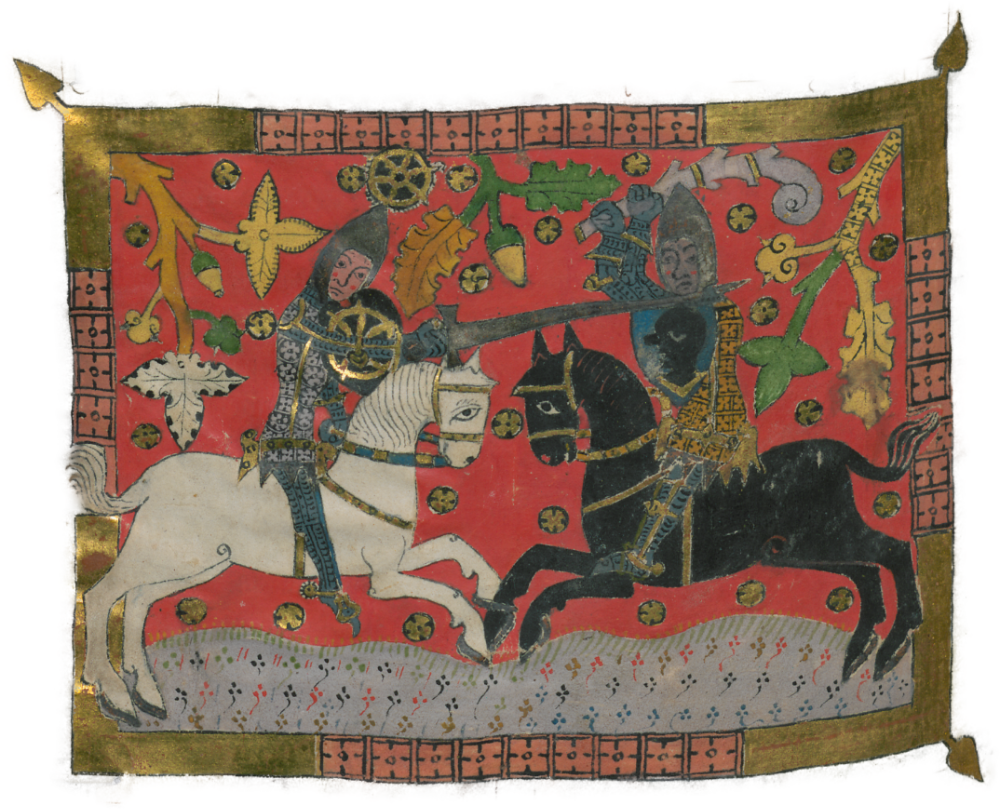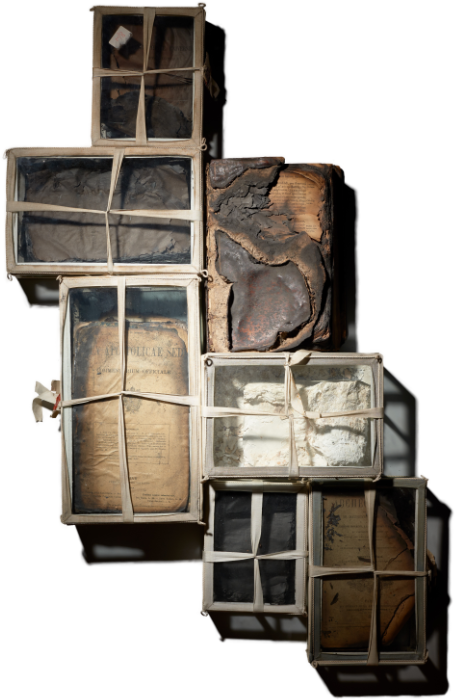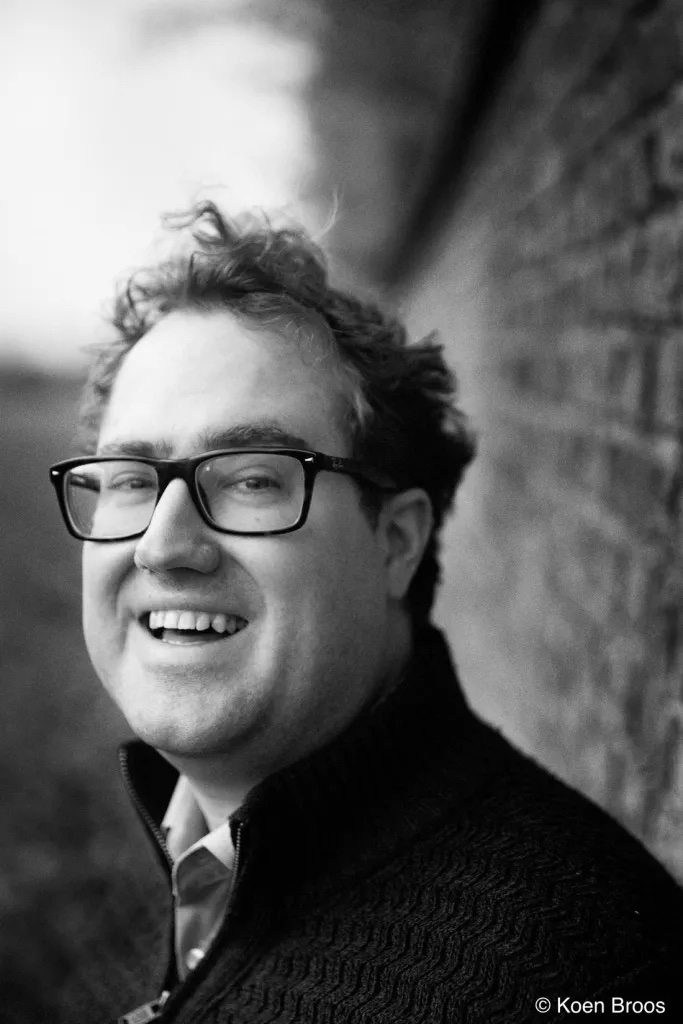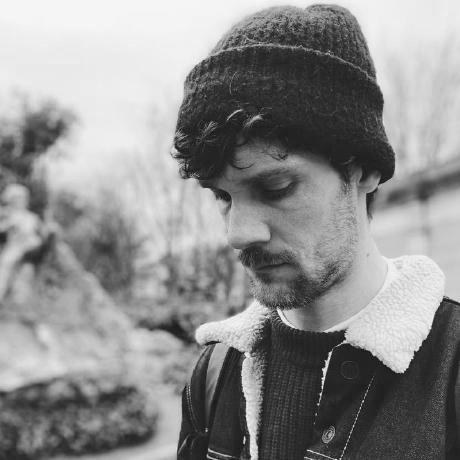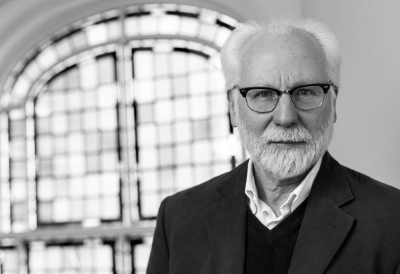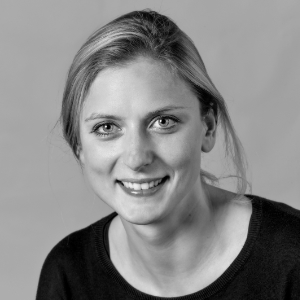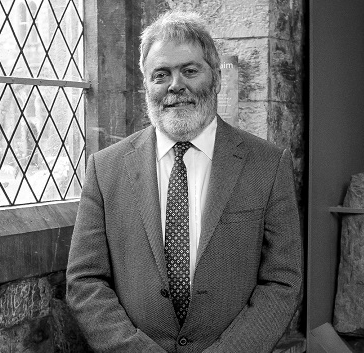Background
The survival of culture
Scholars studying the past of human cultures struggle with the fact that many artefacts
have been lost over time. This introduces “survivorship bias”, and the risk that we will
underestimate the cultural diversity of past societies. In this project, we show that
unseen species models from ecology can be used to estimate the loss rates of cultural artefacts.
For medieval literature (chivalric and heroic narratives in particular) we obtain survival
estimates which are compatible with prior research and which emphasize the severity of the
loss in this domain. Comparison of results between languages highlights interesting differences
in literary survival patterns across European medieval vernaculars.
www.science.org/doi/10.1126/science.abl7655
